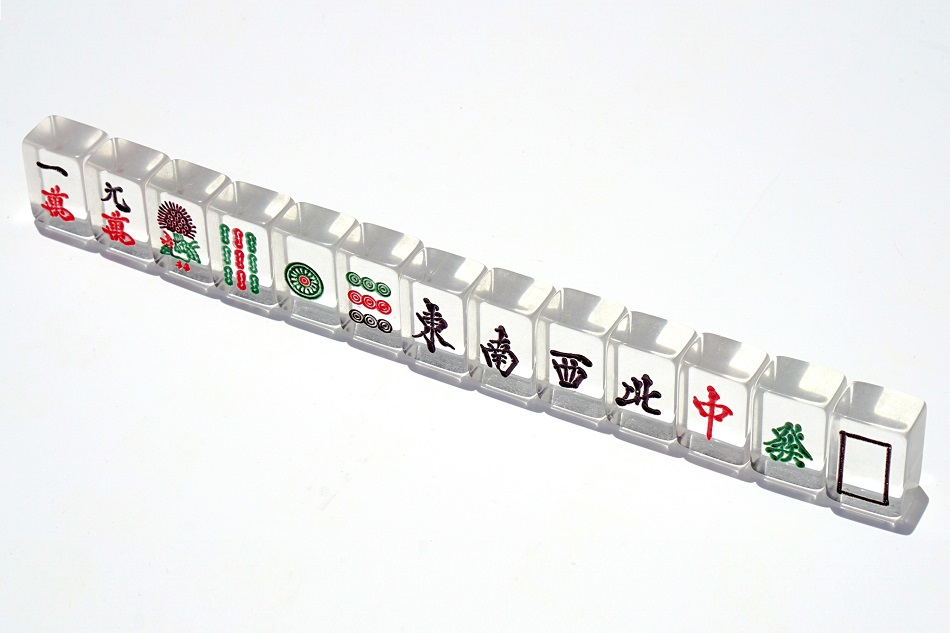Leisure & Culture #27
Walk and Talk
Paul Chan
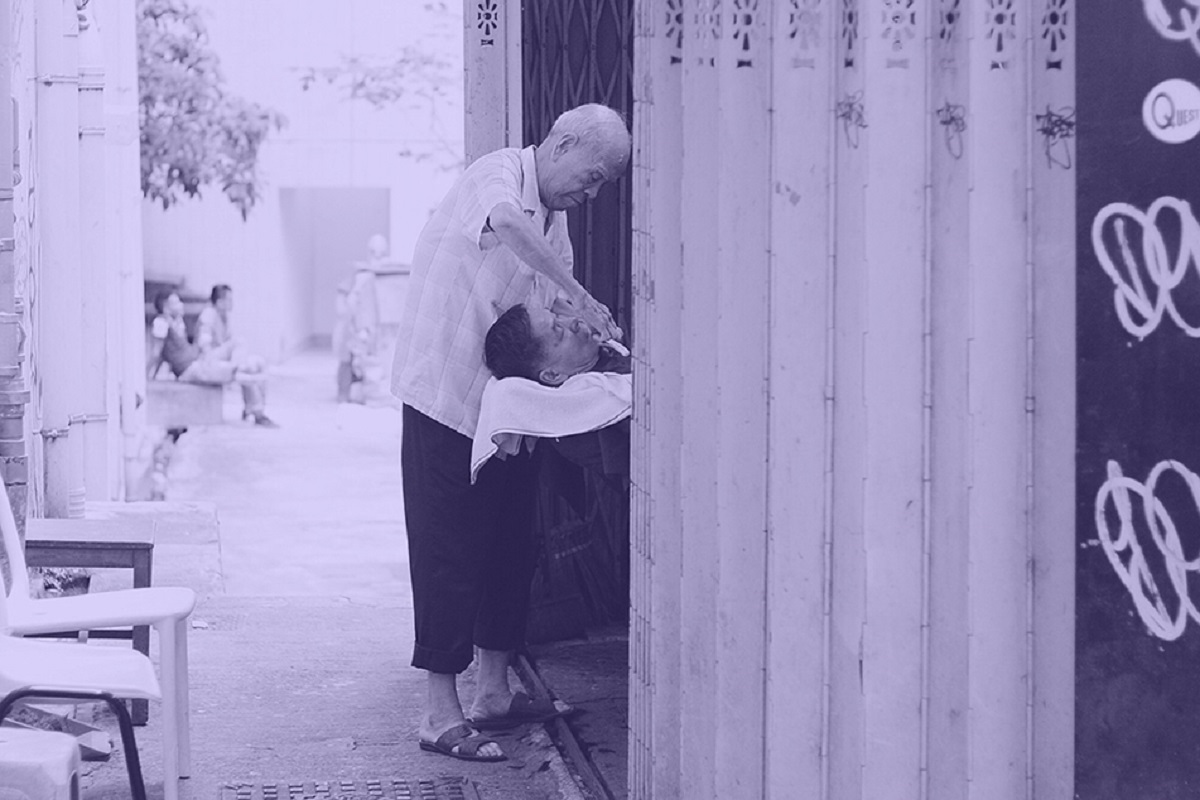
Written by Kit Chan
Translated by v_p
Photos by Kit Chan
Paul Chan has a resume most of us could only dream of: a Law graduate from the University of Hong Kong, he worked part-time as a university lecturer, before joining the Food and Environmental Hygiene Department as Personal Assistant in 2008, making him the man of the hour with a whopping salary of $130,000 per month. He was 28.
After the four year stint, just when everyone thought Paul would continue to work his way up in politics, he left everything behind for something totally irrelevant – together with three friends, he started local tour company “Walk In Hong Kong” in 2013. Armed with an iPad in hand, Paul guides people through the streets and alleys of Hong Kong, rediscovering the city step by step.
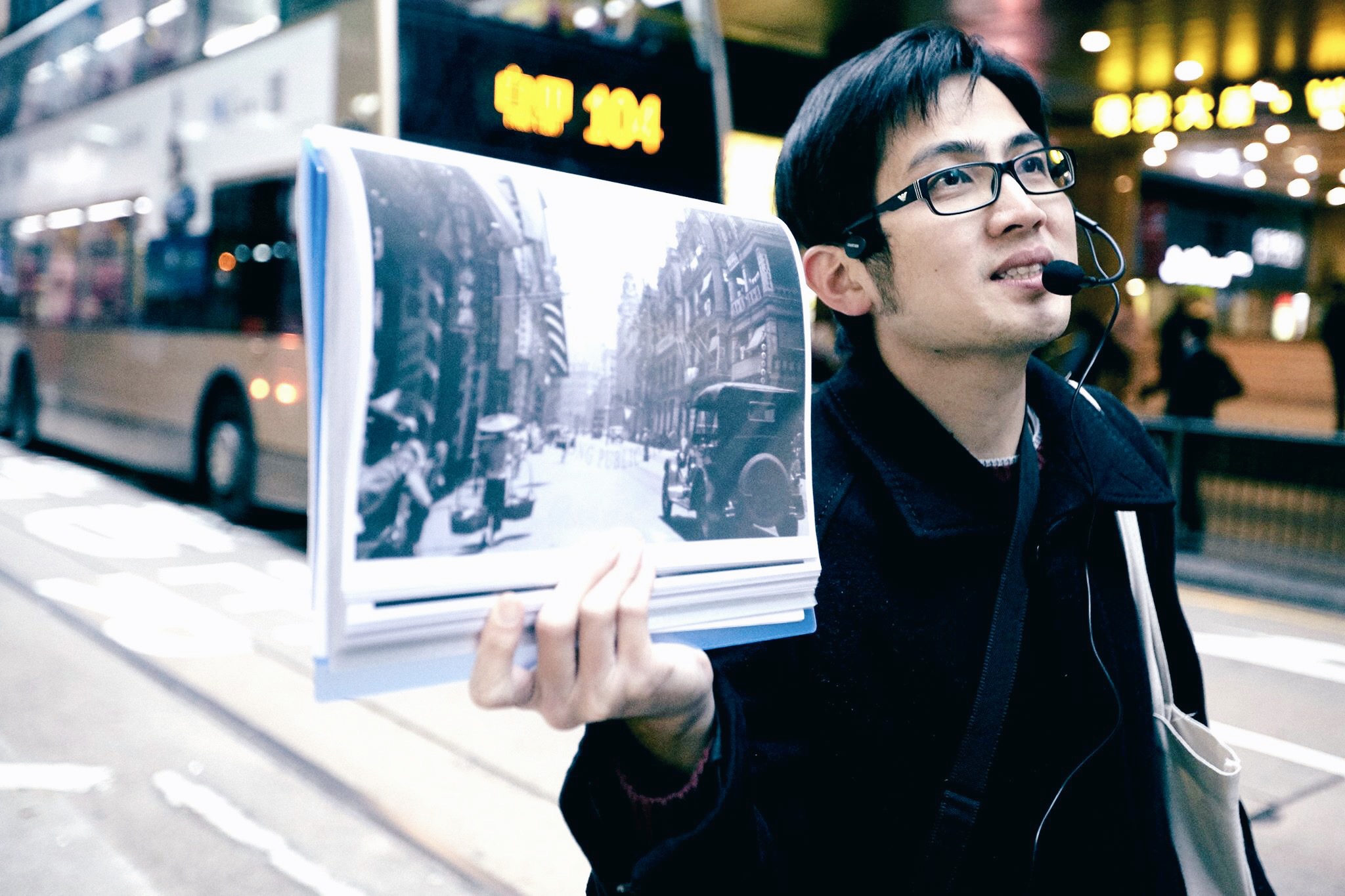
Paul did not do this for a change of pace, it was more of a leap of faith. “I wanted to step out from my comfort zone, do something no one has done before.”
His startup was also a response towards the infamous incident of tour guide “Ah Zhen”, who made headlines by berating tourists for refusing compulsive shopping, which also happened in 2013. “When tourists visit a place, they often base their first impression on tour guides. The vibe of the city determines what kind of visitors it would attract.”
For someone who has travelled to 85 countries, Paul has got a point. He joined numerous walking tours abroad, some of them quite memorable, like the one in Budapest, where a local guide took him to Memento Park, a “burial ground” not so well known by tourists, filled with monuments and statues pulled down after the fall of Communism rule. “No matter how much I read about East German Politics, it wasn’t until I visited that place that I understood the impact the Soviets had on Hungary.”
While working as Personal Assistant, he got to meet people from all walks of life, people he wouldn’t meet within his social circle, which influenced the way he sees Hong Kong. “There is a coffin shop in Sheung Wan that voluntarily keeps unclaimed ashes of elderly who lived alone. They are stored on a shelf at the back of the shop, as an act of kindness.”
He keeps these stories in mind and shares it in his tours, showing them the lives of Humans of Hong Kong: the group walked along Chun Yeung Street in North Point to learn the lives of Indonesian Chinese, and experienced nightlife in Yaumatei; there was also a hilarious “Unapproved Extension and Land Reserve Walking Tour”, where the group roams the streets on a rented crane track, visiting allegedly illegal properties of the powerful and rich.
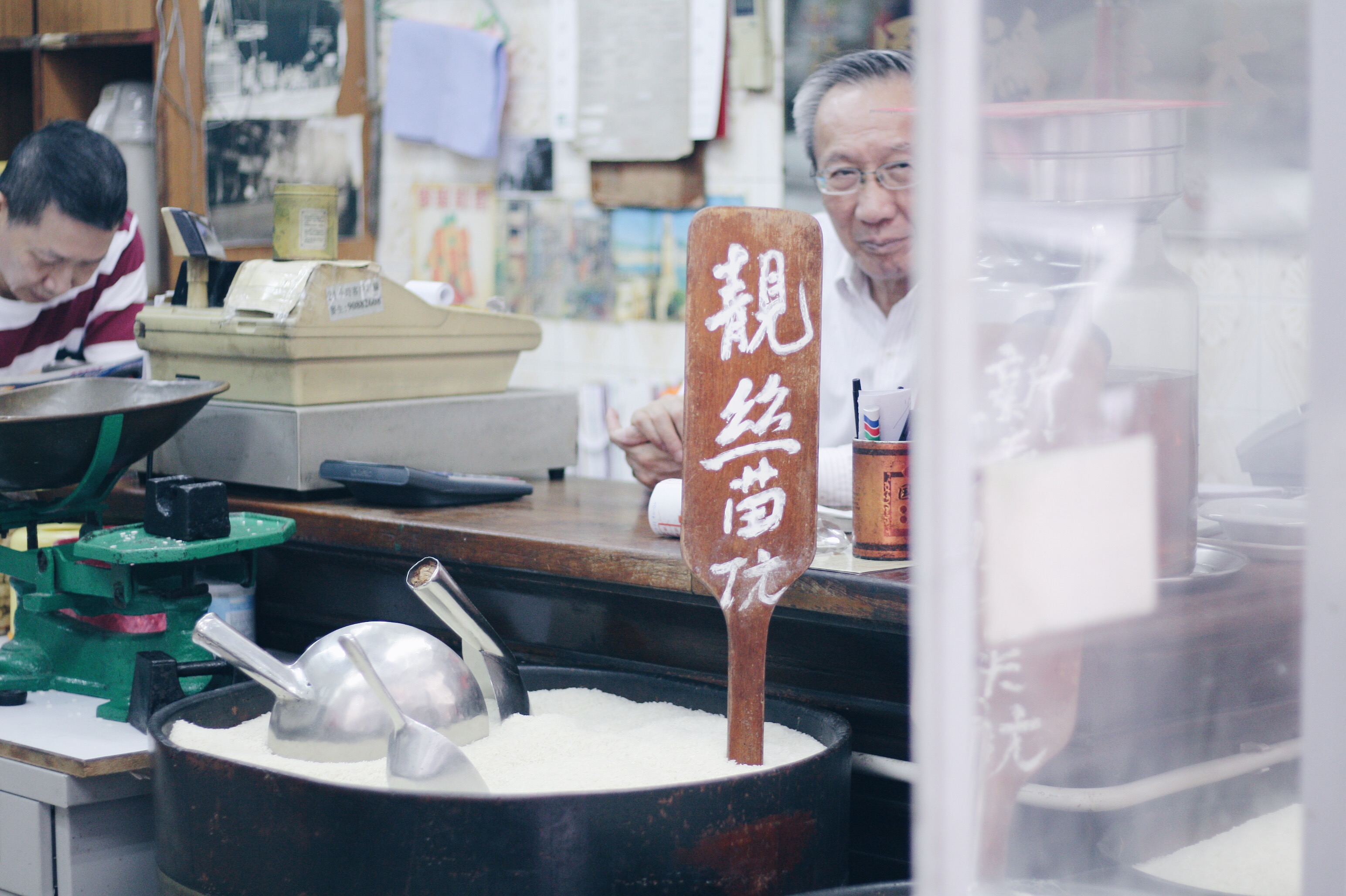
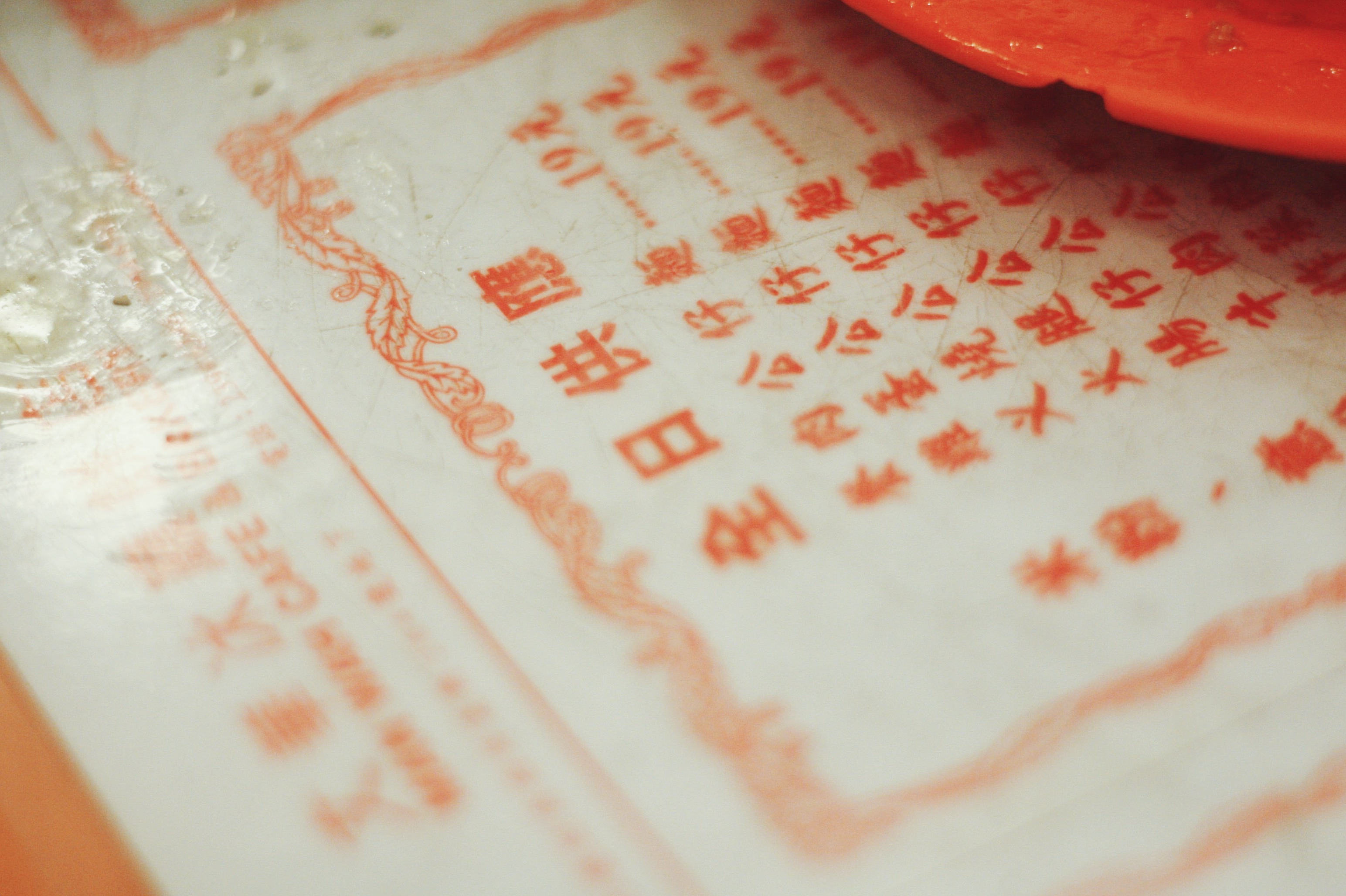
A new tour takes at least one month to organize, checking news files, interviewing related experts, collecting oral history, as thorough as a blanket search.
The Movie Location Tour, for example, walked pass YMCA in Sheung Wan, where director Johnnie To’s movie “Running on Karma” was filmed, but there was more to it than that. “The famous writer Lu Xun made two important speeches here in 1927, urging people “not to play the same old tune”. He mentioned the ‘karma’ of foreign powers invading China – years later, “Running on Karma” shared the same theme.
Such subtle coincidence gave the architecture an epochal meaning worth pondering from a cultural perspective.
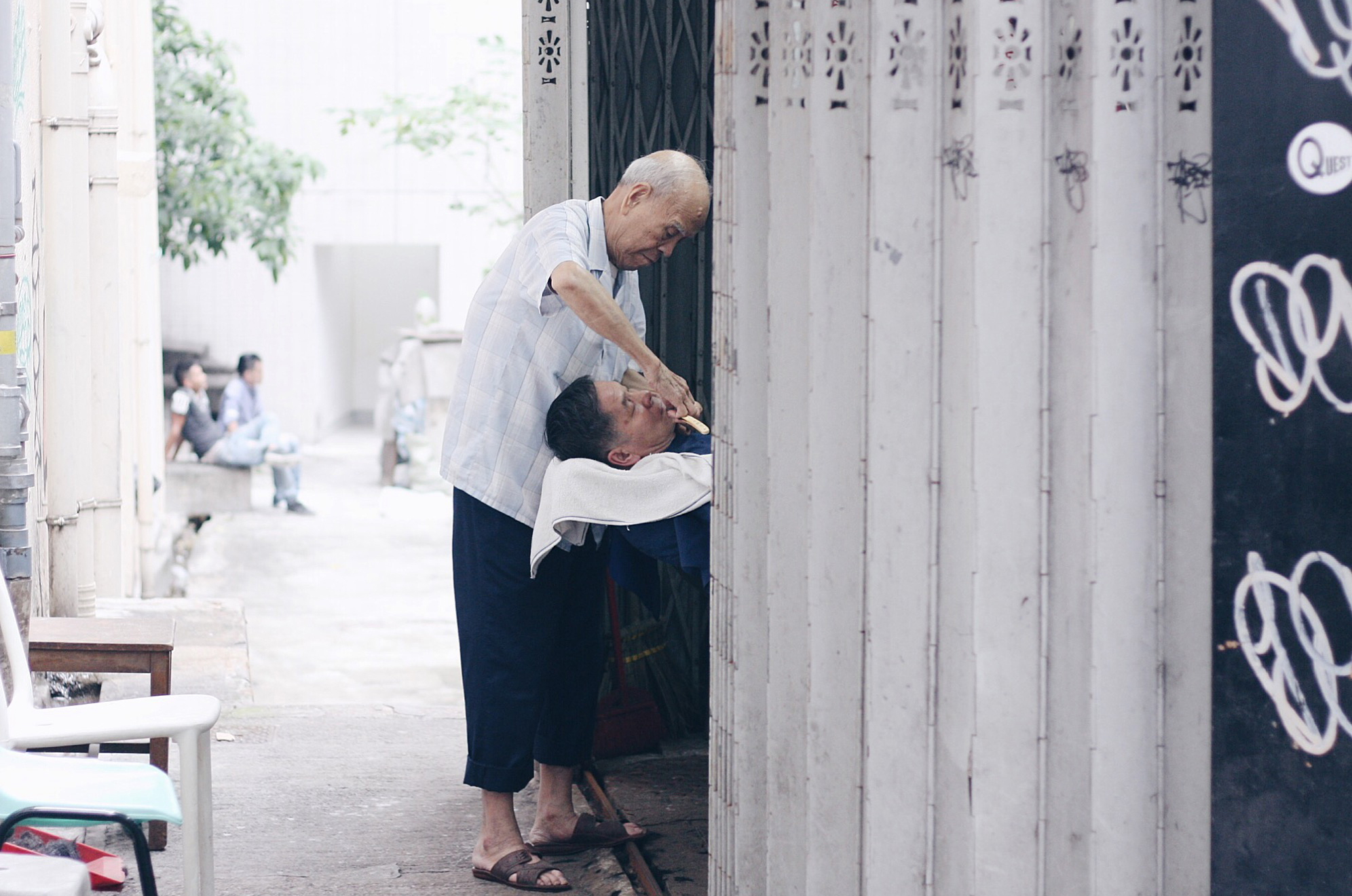
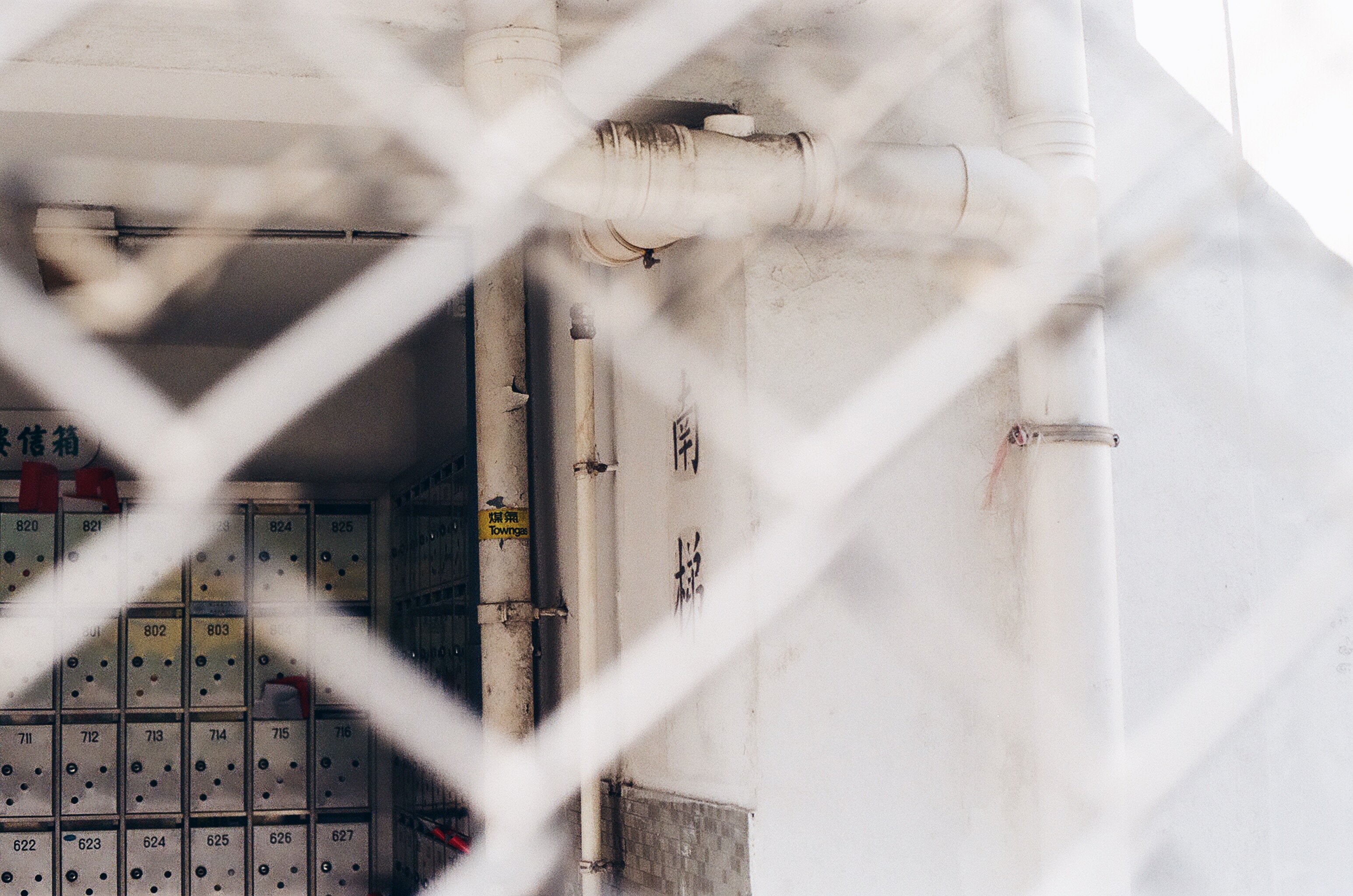
Another recent classic is the James Wong Guided Tour, which starts from Sham Shui Po where he used to live, digging into the past of this legendary talent, whose life was entwined with Hong Kong’s history.
“The cultural scholar who studied Uncle James’ life spent a few years tracking down his address when he first came to Hong Kong in 1949, and finally found an electricity bill with his old house number.” Paul said with excitement. “Eureka! This number helped us find out so much more, such as the disastrous fire at Shek Kip Mei in 1953, rows of squatters were engulfed in flames, but somehow the fire burnt out at Uncle James’ doorstep, his home miraculously left intact.”
The riots in 1956 also broke out in front of Wong’s house. “The lyrics he wrote afterwards, the spirit he conveyed in ‘Beneath the Lion Rock’, were all based on personal experiences and history.”
Despite their efforts, such tours may not be appreciated by all – local tours are mostly run by non-governmental organizations, charging less than a hundred dollars per head, with the operating cost subsidized by funds and donations.
On the contrary, Walk In Hong Kong runs as a self-financing business and charges a few hundred dollars each, a price that would put some people off. Paul guarantees that with the price he charges, participants will get the most authentic, in-depth and interesting tour in return, which is all worthwhile. “If we can earn a living by running local tours, then more people who are passionate about cultural conservation would join in, creating a priceless social significance.”
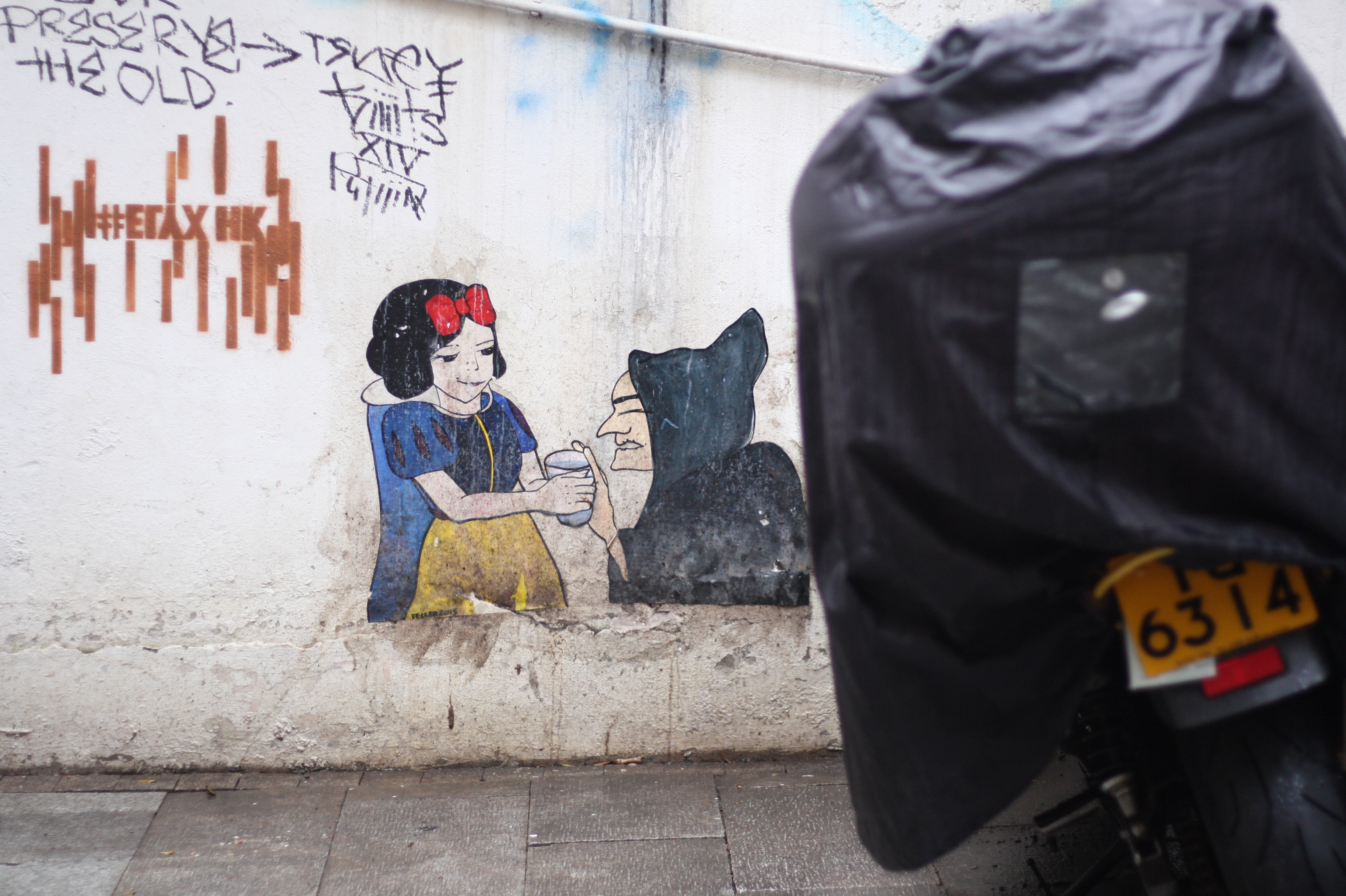
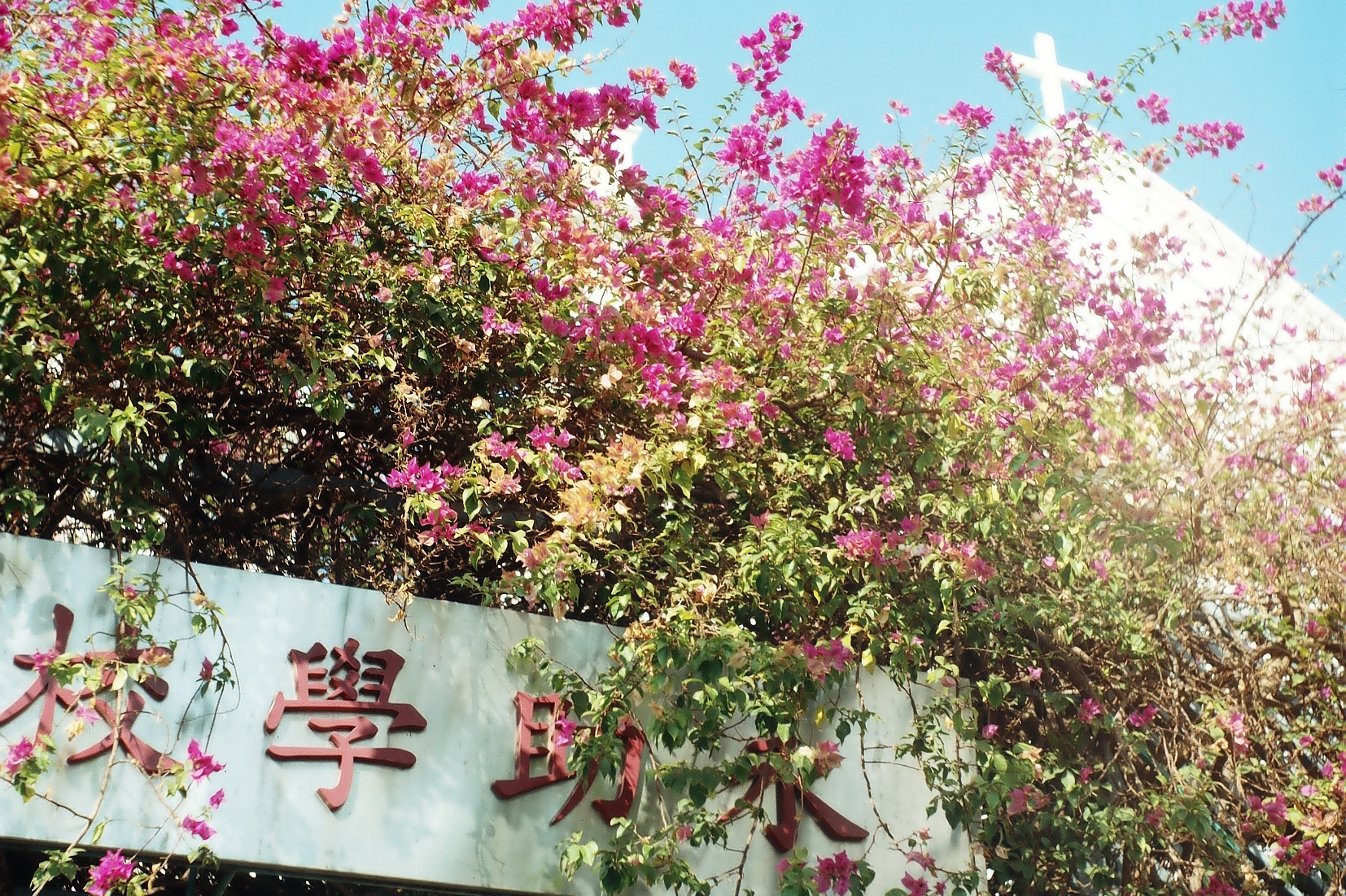
Meanwhile, as a guide, Paul witnessed the fierce and rapid impact of redevelopment on our city. “Buildings we visited may be gone six months later.”
Things turned more personal when Paul became a father last fall, adding to his sense of responsibility. “What should I leave behind for our children? Do I just let developers uproot everything?”
Besides cultural history and architecture, Paul is keener to pass on a sense of belonging. “If more people could embrace the greatness of our hometown, then others would feel it too.”
Paul’s life has a lot more stories yet to tell.
Walk In Hong Kong


